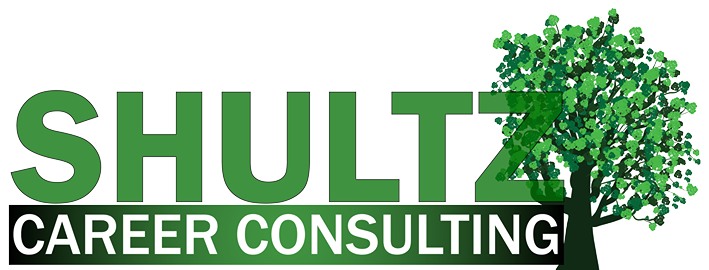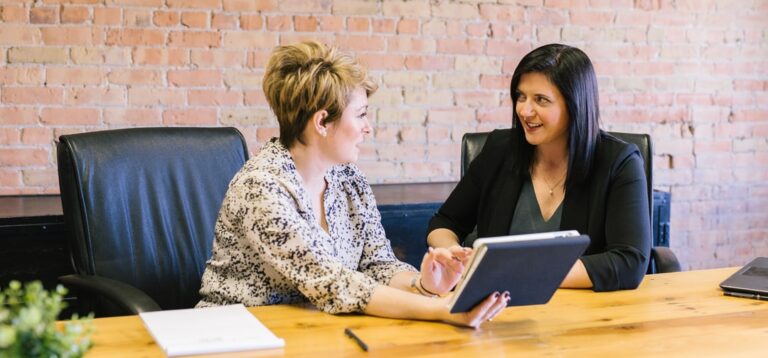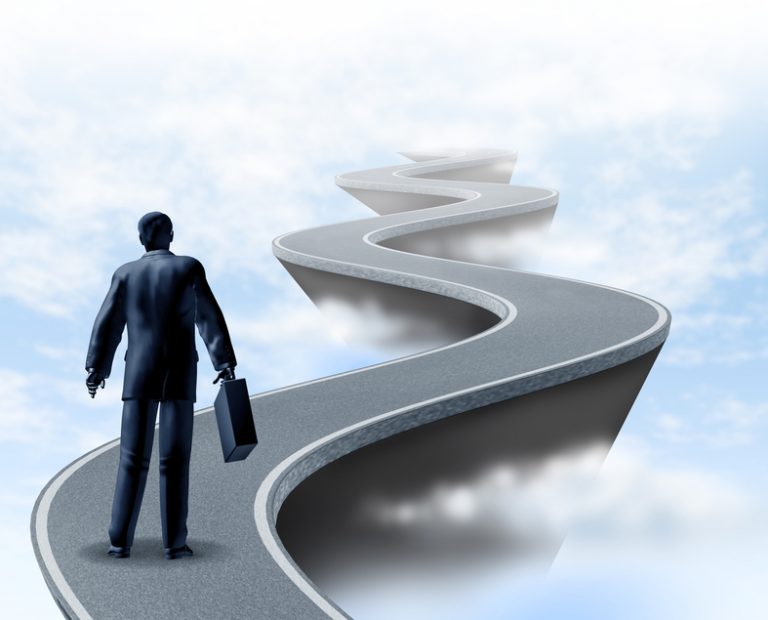In this time of uncertainty, our professionals at Shultz Career Consulting are here to help you navigate the changing tides!
The NUMBER ONE thing to remember does not forgo professionalism! Even though our day-to-day lives may have become more casual, including the way we dress and interact with others, employers still need to see you putting your best self forward. The job market is going to continue to grow more and more competitive. Focusing on these factors are sure to give you the competitive edge!
1) Be prepared! Just as before social distancing, you may have checked out the physical location before the interview, you need to make sure you can access the interview platform before the day of the interview. Including setting up an online account, if need be, making sure your computer can support the application, and downloading any necessary add-ons. We recommend taking these steps as soon as you schedule the interview giving yourself ample time to address any tech issues that may arise.
2) Look the part. We recently interviewed an applicant for an open career counselor position who may or may not have been wearing a sweatshirt. Make no mistake, professional attire is still the mainstay for interviews. Even virtual ones. Remember, your clothes will look differently online depending on the lighting and quality of your camera. (Note: natural light is not always your friend. It can distort your appearance, making it difficult for others to see you. Perhaps more importantly for some of us, it can accentuate signs of aging.) As always, we recommend a dress rehearsal before the day of the big show. This means, putting your interview outfit on, turning on your camera, and making sure the view is flattering. If not, no sweat. Now, you have time to make adjustments. (Our team is willing to provide feedback regarding your presentation in our interview coaching sessions.)
3) Be early. Do not take this one for granted and wait to log in until the minute of the interview. Give yourself at least 15 minutes. This way you can address any last-minute technical issues that may arise. If it is smooth sailing, then being early cues the employer you are taking the interview seriously. No need to be concerned about being too early and being awkward. There is a feature where the administrator can enable a waiting room. Just as in a physical interview, you will likely wait until you are granted access to the interview though they can see what time you arrived.
4) Be aware that the interviewer is likely checking out your space. Make sure where your interview is clean, tidy, and quiet. This is especially true if you are interviewing for a remote position. They may assume things about your workspace based on where you interviewed good or bad. Again, make sure you are in a well-lit area where the image of your face will be easily seen by the interviewer.
5) Keep things formal including your responses. Even though you are at home, your communication style should still be professional. Be sure to speak clearly as internet connections may be choppy. Be patient if they ask you to repeat yourself and do not be afraid to ask for clarification if you did not catch something.
6) Stay free from distractions. Most people are at home with their families that could include children. Ensure another adult is watching your child and that there will be no interruptions. For those that have pets, try interviewing in a different room, or giving them the treat to keep them busy. This might seem like a no-brainer but double-check to be sure your phone is set to silent and turn off anything that may be in the background such as the TV or music. The audio on these video calls can be less than optimal as it is.
7) Follow up. After the interview, send a thank-you note. We prefer an e-mail with a formal thank you letter sent as an attachment for a couple of reasons. As businesses shift to working remotely, they may not be getting their physical mail on a regular basis. Sending a hardcopy, via snail-mail may not land in the interviewer’s lap until after the position is filled! On the other hand, just sending an e-mail, sells you short. Taking the time to create a formal thank you note is a great way to demonstrate your written communication abilities and re-visit any topics you would like to highlight. (No experience with thank you notes? Not to worry. We help clients custom tailor thank you notes specific to their skill sets and the position they interviewed for that are sure to keep them at the forefront of the interviewer’s mind.)



